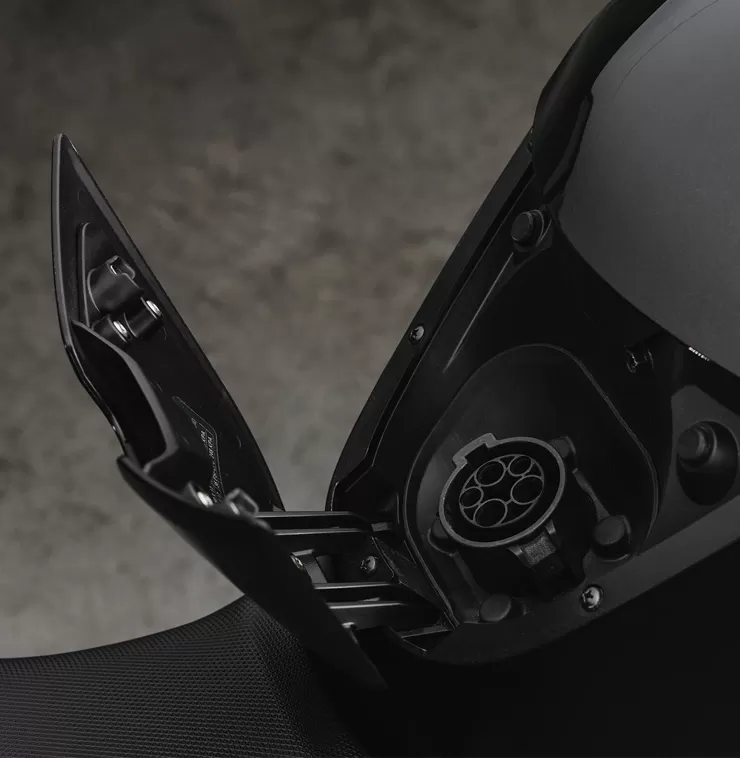Are you wondering how charging really works? Let's take a look!
"Type 2 chargers are the most abundant chargers for public use with around 30,000 of them in the UK alone. To put that in perspective there are only around 8,000 petrol stations!"
Charging an Electric Motorbike is far easier than you may think, and there are now MORE chargers than petrol stations in the UK, not including your standard wall plugs which are EVERYWHERE!
There are different types of Electric Vehicle (EV) charging systems available, ranging from standard household sockets, to more advanced and faster charging options. Here are the most common types:
- Level 1 Charging: Level 1 charging is the most basic and slowest form of charging. It uses a standard three-pin wall socket, just like charging a phone! Level 1 charging is convenient for overnight charging and is often used at home or in workplaces where the vehicle can be parked for an extended period. It provides a charging rate of about 2kW, so a motorbike with a 10kWh battery will take 5 hours to charge. The charge rate will change depending on the on-board charger in the motorbike, so some may be slower than this, but for an overnight charge, or charge while you work, this is the best and most convenient option. Another benefit of Level 1 charging is that the slower the charge, the better the battery health will be long term.
- Level 2 Charging (Type 2): Type 2 charging offers faster charging compared to Level 1 and requires a dedicated charging station that you generally find in public car parks, pubs, and points of interest. There are also lots of businesses that have Type 2 chargers installed for the use of their staff. Generally, Type 2 chargers are either 3kW, 7kW, or 22kW with the bigger number providing faster charging. Type 2 chargers are the most abundant chargers for public use with around 30,000 of them in the UK alone. To put that in perspective, there are only around 8,000 petrol stations! Type 2 chargers use an industry-standard plug called a J1772, which means that all Type 2 compatible motorbikes can use these chargers.
- DC Fast Charging (Level 3 Charging): DC Fast Charging, also known as Level 3 charging or DC quick charging, provides the fastest charging rates for electric vehicles. It uses high-powered charging stations that supply direct current (DC) electricity to the vehicle's battery, bypassing the vehicle's onboard charger. DC Charging stations are typically found at motorway services with a growing availability at other points of interest and public car parks.
The reality of charging
So let's put this charging into practice. Overnight, while you sleep, you can fully charge your bike from a standard three-pin plug. This means you have a full charge for when you need the bike the next day. And to make things easier for those that don't have the ability to charge on a driveway or garage, most commuter-focused bikes have removable batteries so they can be charged in the home or at the office!
Commuting
The majority of commutes in the UK are less than 10 miles, which means you will only ever need to use the level 1 charging by plugging in overnight, or while you work. This is incredibly convenient and means you never need to visit a petrol station during rush hour again! Commuter bikes currently make up around 60% of motorbike sales in the UK, so Level 1 charging would be the most common and easiest means to charge. The electric motorbike brands that best suit commuting are Super Soco, Horwin, NIU, and Zero also offers premium models such as the FXE & S models.
Weekend ride-outs
It's common for a motorbike enthusiast to take their bike out for a weekend ride...
